Is Coast to Coast in an Electric Car Currently Viable?


CARS.COM — The age of electric vehicles is coming. That eerie, high-pitched hum from an electric motor you can scarcely hear on the roadway is what Agent Smith would describe as “the sound of inevitability.”
- ${price_badge()}
- ${ami_badge()}
- ${battery_badge()}${ev_report_link()}
- ${hot_car_badge()}
- ${award_badge()}
- ${cpo_badge()}
${price_badge_description}
${ami_badge_description}
The EV Battery Rating is based on this vehicle's current expected range relative to the vehicles expected range when new. ${battery_badge_text}
Certified cars are manufacturer warrantied and typically go through a rigorous multi-point inspection.
This car is likely to sell soon based on the price, features, and condition.
${award_blurb}
${award_two_blurb}
Shop the 2017 Chevrolet Bolt EV near you

Across the Atlantic, the U.K. has already announced that it will ban the sale of vehicles with gasoline or diesel engines by 2040 (including hybrid and plug-in hybrid vehicles, as well), which mirrors a plan also proposed in France. The writing seems to be on the wall for the internal combustion engine — the future will be electrified.
This, then, feels like a good time to examine the current viability of electric cars in this country given the limitations of infrastructure, the range of the vehicles and how long they take to a battery recharge. I’ve been of the school of thought that owning an electric vehicle as your only car isn’t really possible. There isn’t enough range, and if I only had one car in the garage (which I do currently), I’d feel restrained from taking longer trips as a driver. But could that be changing?
The Long-Range Electric Landscape
Automakers have been trying to do their part by putting in more powerful batteries into electric vehicles, and over the past few years, the ranges of electric cars have surged. Take for example, the Nissan Leaf. When the Leaf first debuted in 2011, it had 73 miles of electric range. The redesigned 2018 model will offer double that: 150 miles. Also in 2017, the Chevrolet Bolt EV debuted with 238 miles of range. Then there is of course, Tesla, with the Model S topping out at 315 miles of range and the Model X rated at 289 miles of range for its most expensive trim levels.
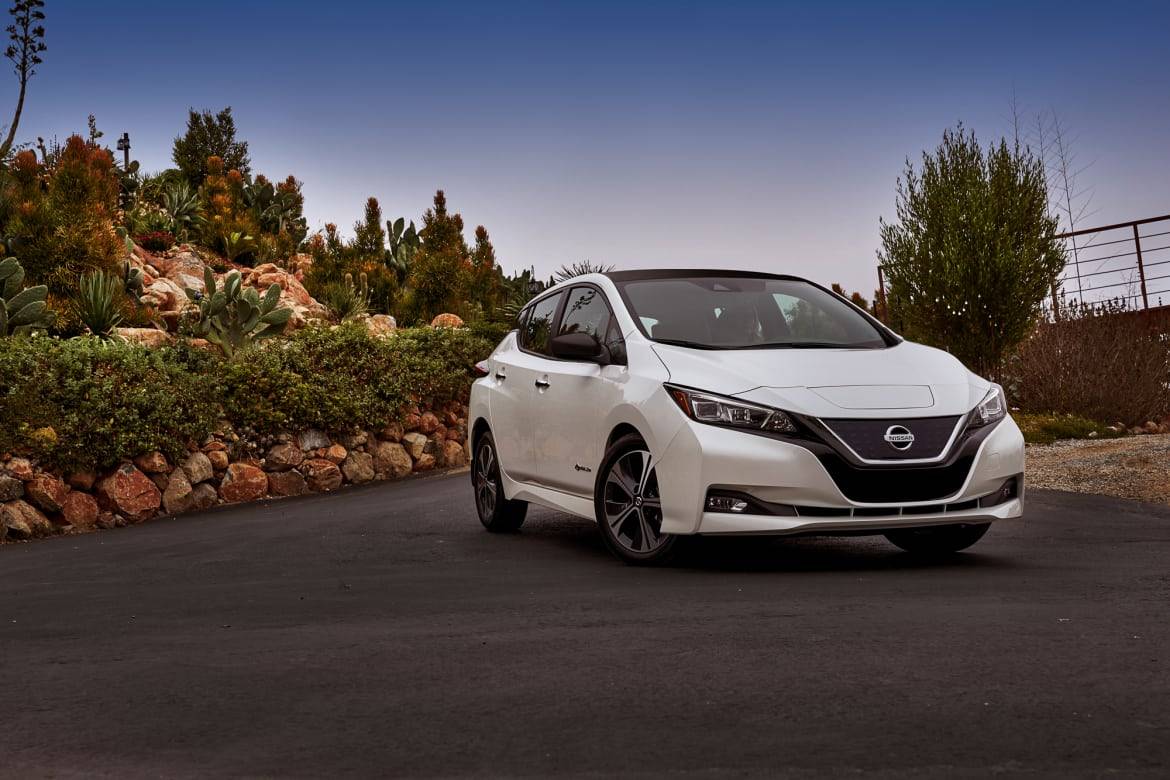
Do these larger range numbers increase viability of electric single-car ownership? In the day to day they do, expanding the range to cover more commutes with added leeway for running errands or other tasks in between charges. But what about for road trips and other meandering adventures?
Charging Ahead
The quintessential road trip is a cross-country one, so we decided to map out a coast-to-coast route from my home in Los Angeles to New York City. We strenuously note that we would not recommend anyone actually attempt this; to drive this route in an electric car would take a long, long… long time (as we will explain).
The U.S. Department of Energy runs a website that enables users to map out a route they’d like to drive, and it can tell them where charging options would exist along that route. We inputted our cross-country route, limited the available stations to those within 25 miles of the route line (don’t want to be driving too far off path to find a station) and elected to show legacy, Level 2 and DC fast chargers. Here were the results:
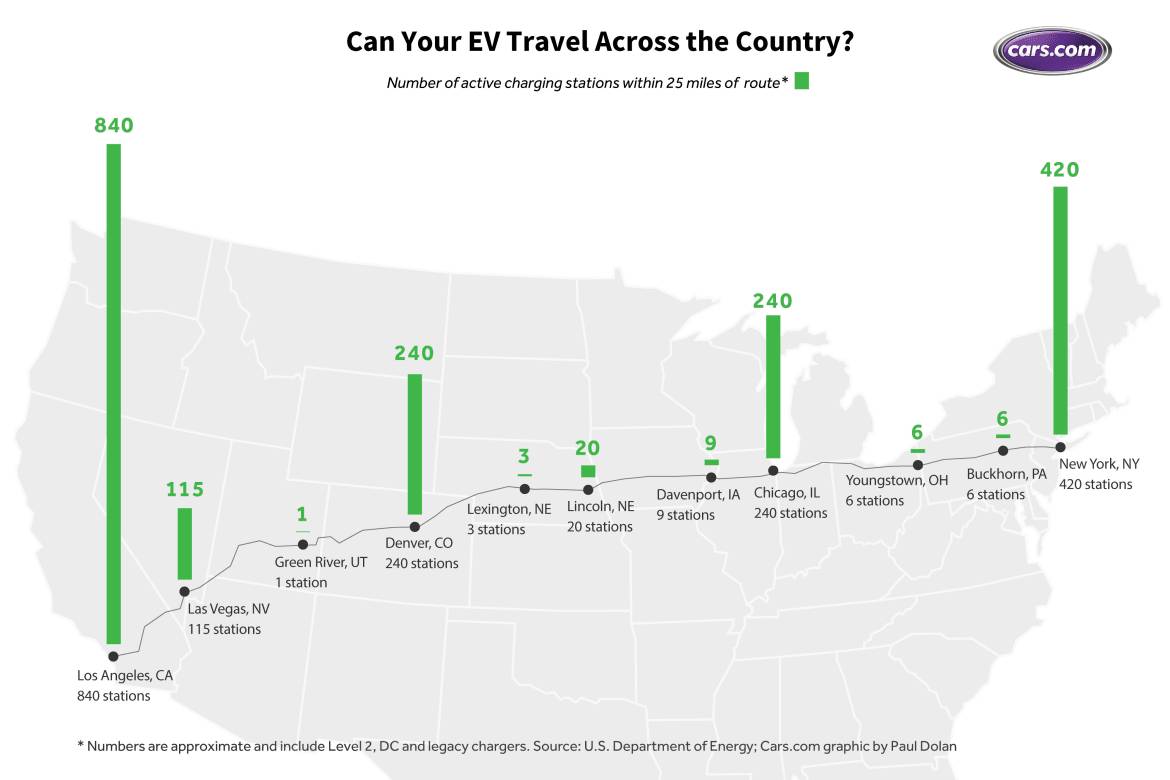
Note: This map includes Tesla supercharging locations, though owners of cars from other manufacturers currently are not permitted to use these facilities.
Station Scarcity
Clustered around urban centers with larger populations and especially on the coasts (where more electric vehicles are sold), there are many chargers. But as the route stretches through the middle of the country, stations become much more sparse.
Beyond finding enough stations to actually make the trip, what is most prohibitive is the time it takes to charge these vehicles. Let’s take the Bolt EV, for example: It has a range of 238 miles, which isn’t bad — after driving that many miles, I’m ready for a break anyway. But to refill the Bolt EV to continue on will take more than a break.
Chevrolet doesn’t offer figures on how long it will take to fill up a Bolt EV from empty, but the brand did say that on a Level 1 charger, it adds about 4 miles per hour of charge. It’s better on a Level 2 charger, at 25 miles per hour of charge. And the Bolt EV is offered with optional DC fast charging that can add 90 miles of range in about 30 minutes of charge.
Charge-Time Trouble
As you can see on our map, there aren’t many choices of stations across vast expanses on our would-be route; sometimes the only option may be a legacy charger. And if that’s the case, given Chevrolet’s estimate, you’re looking at almost a couple of days to fill it back up all the way. It’s not likely that you’d do this; the more prudent option would be to just use the legacy charger to put in enough miles to make it to a faster charging station. But even at 25 miles per hour of charge, the waiting times are significant.
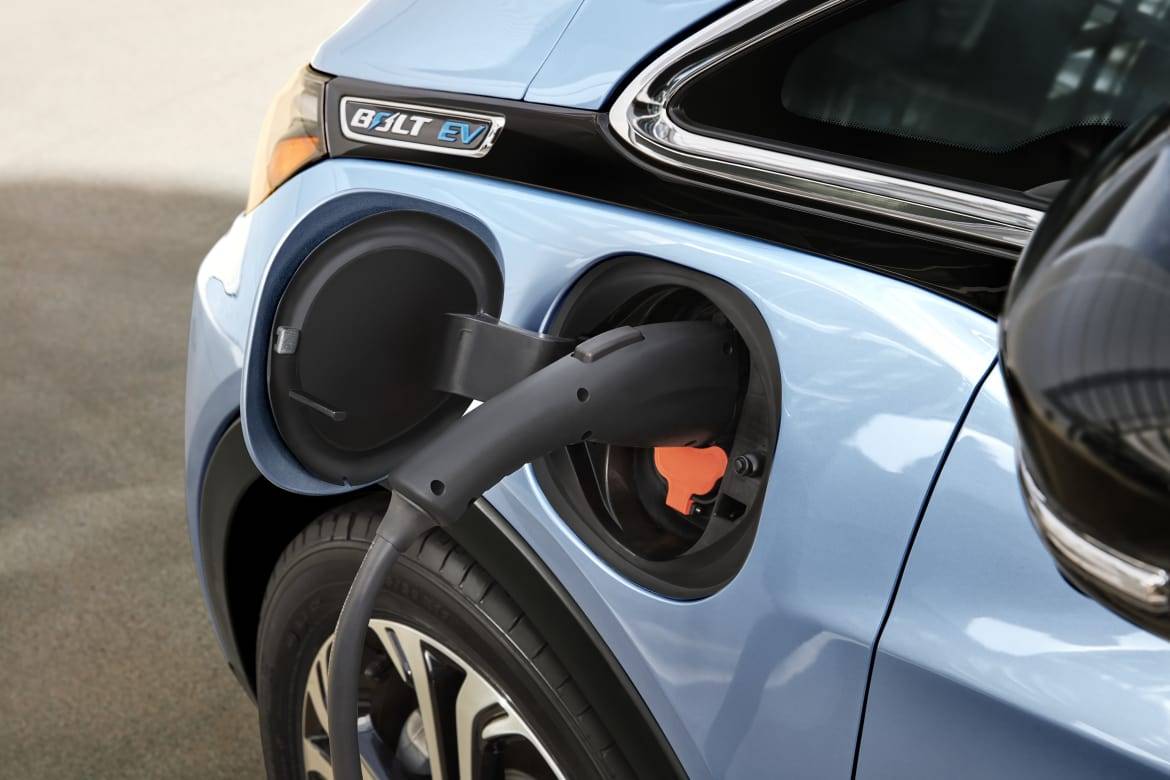
We’ve also encountered problems finding charging stations using available technology. Consumer Affairs editor Kelsey Mays was testing a 2018 BMW 530e recently and used Google Maps to find a charging station near his home in suburban Chicago. Google Maps indicated it was a charger operated by a company called EVgo, which has a charging program specifically for BMW vehicles, and that the charging station offered both Level 2 and DC fast-charging capability.
However, when Mays arrived at the charging location, it turns out that the station had changed hands and was now being operated by Efacec, a Portuguese company, and the charger there wasn’t compatible with the car. Searching through the car’s built-in navigation, rather than Google Maps, also brought up that location as a place to charge up. Luckily, the 530e was a hybrid, so Kelsey was able to drive away, but had he been in an electric vehicle that was limping into the station, he would have been out of luck.
A Ways to Go
These caveats keep me skeptical of owning an electric car as your only vehicle, but they aren’t problems without solutions. Charge times have been falling as range has been growing, and if all electric vehicles offer some type of fast charging — and those charging stations become more and more available — it will help greatly.
Additionally, once electric vehicles become more common, the infrastructure will grow and (hopefully) a more universal charging solution will come about, much like how Android phones all moved to the same charging cord after a time. But in the present, I’ll keep my little gas-guzzler in the garage and keep the range anxiety to a minimum.
Editor’s note: This story was updated Sept. 29, 2017, to reflect that the Department of Energy separately defines legacy and Level 1 chargers.

Former L.A. Bureau Chief Brian Wong is a California native with a soft spot for convertibles and free parking.
Featured stories
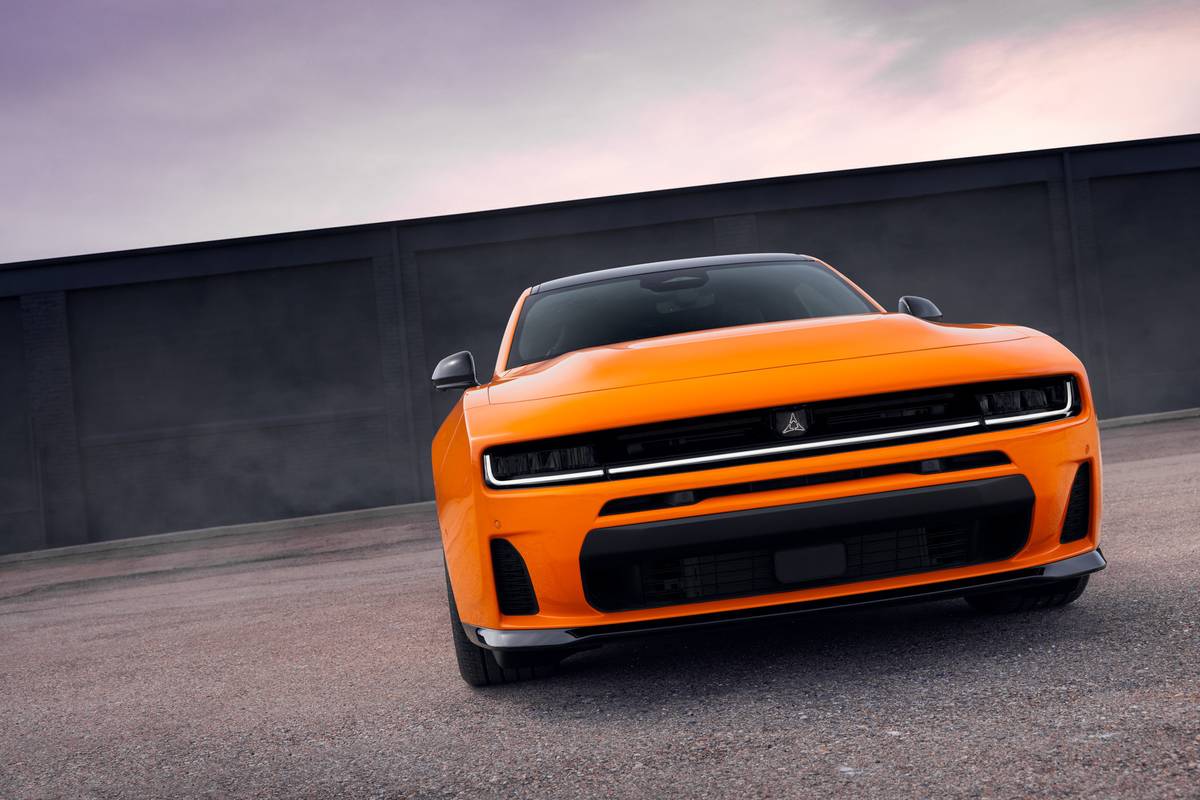
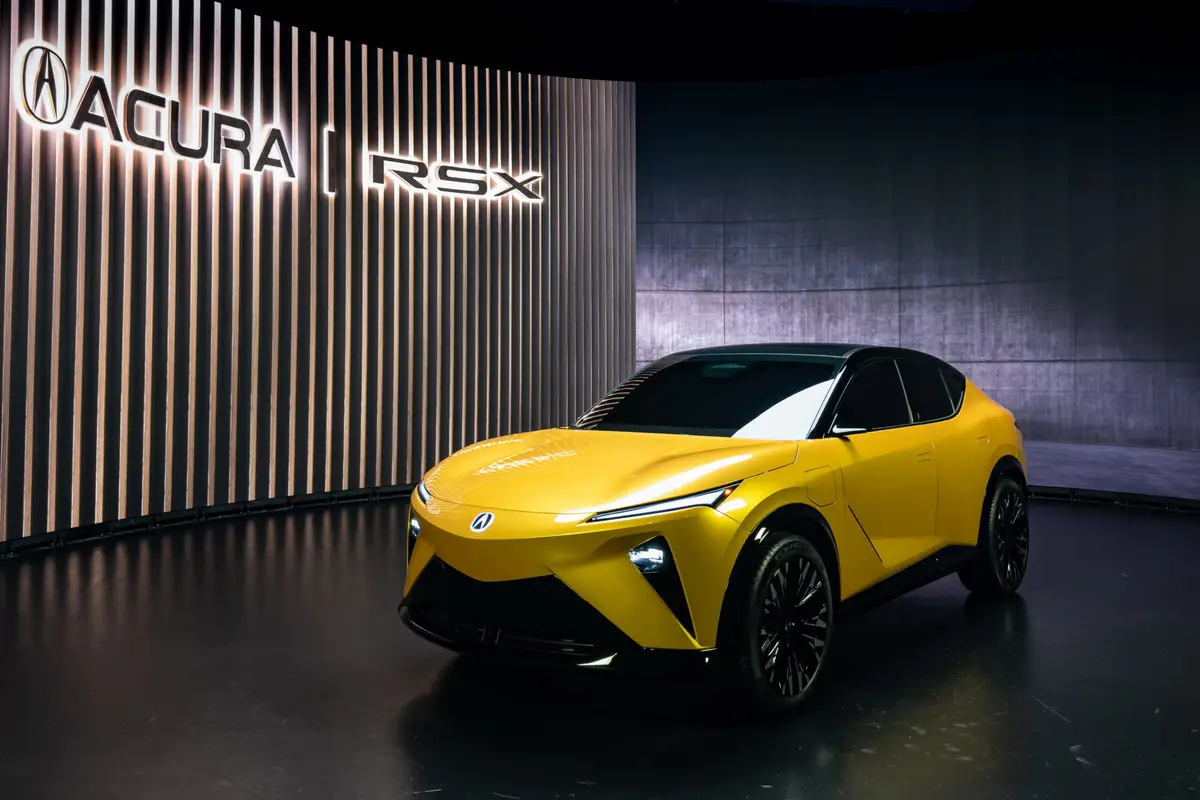
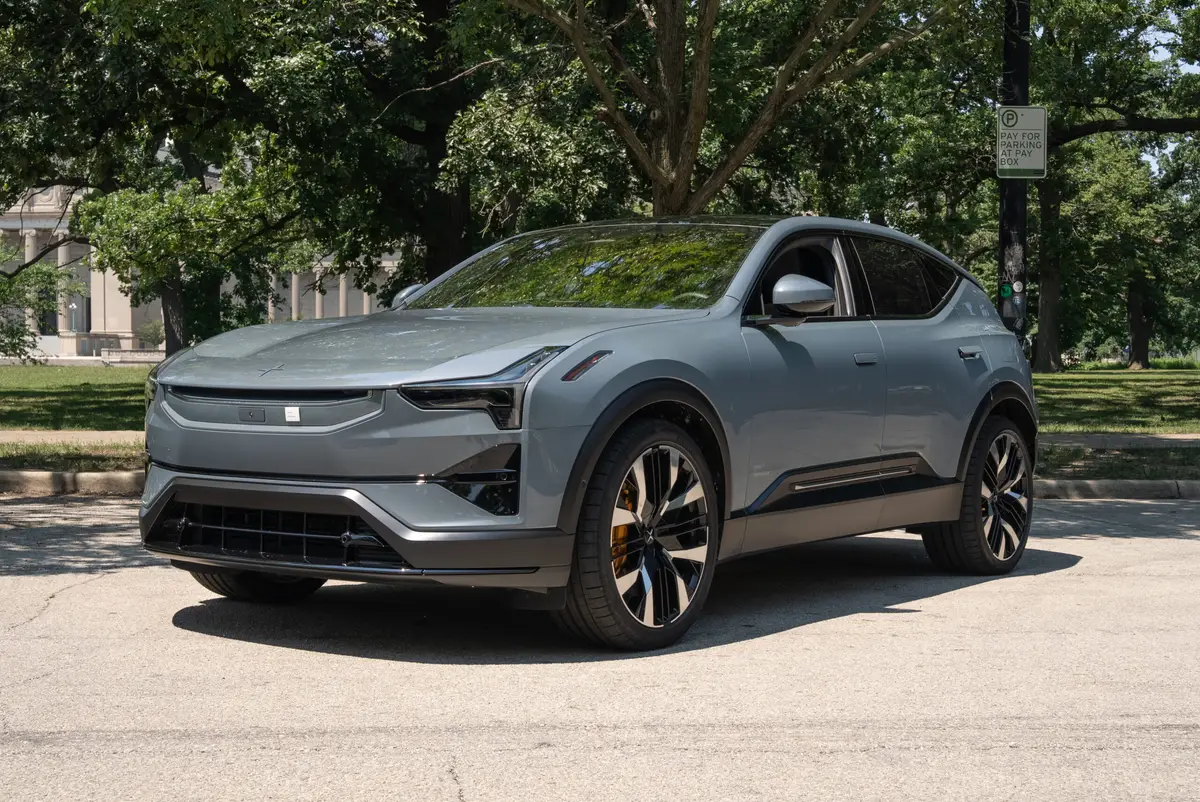
2025 Polestar 3 Review: Understated Electrified Luxury

